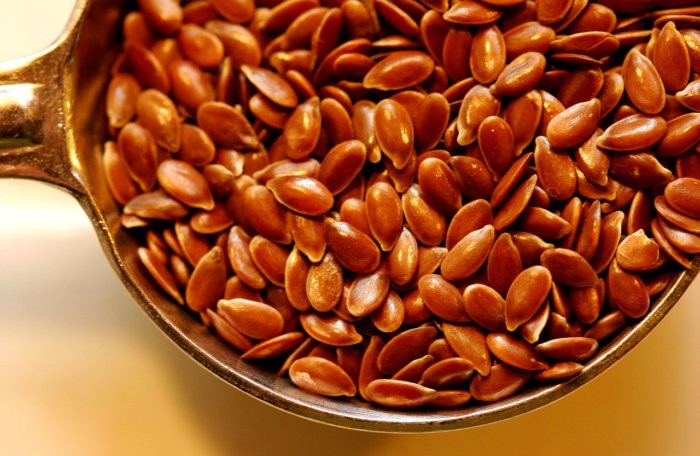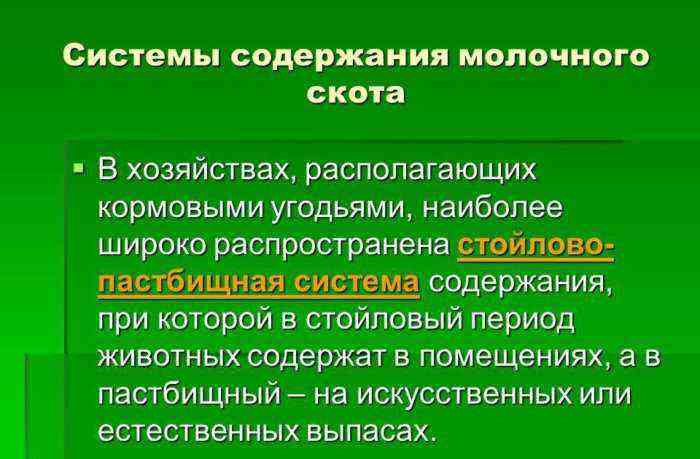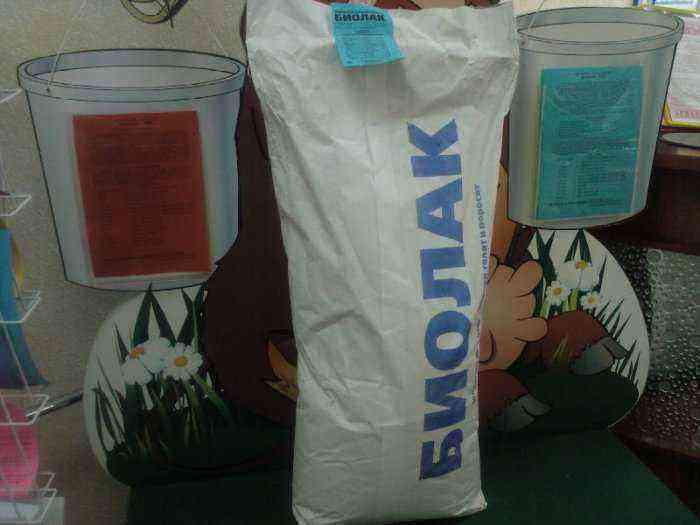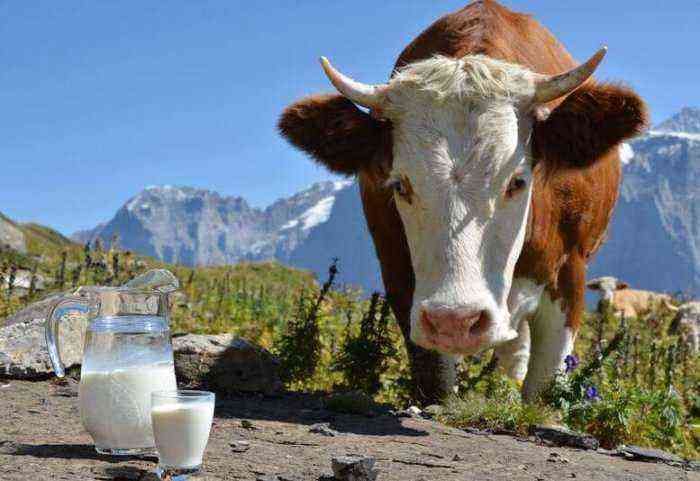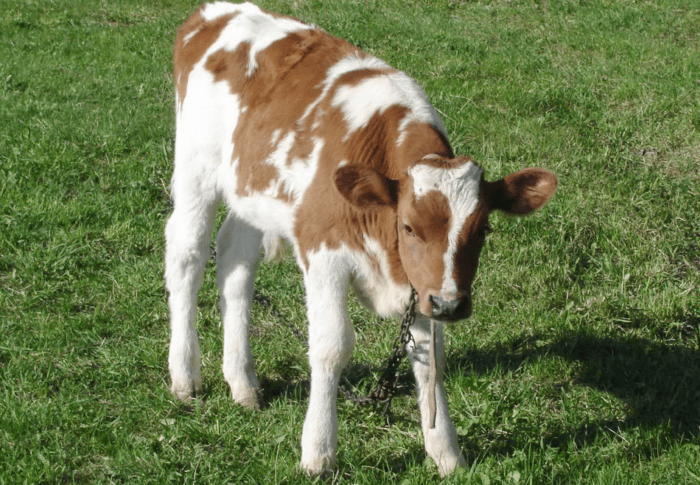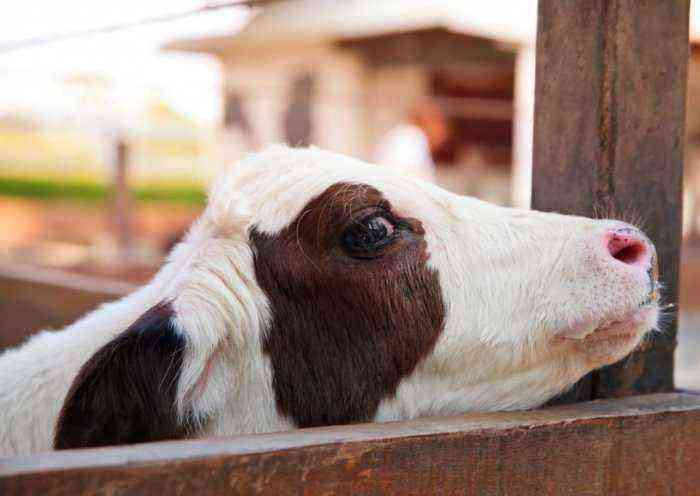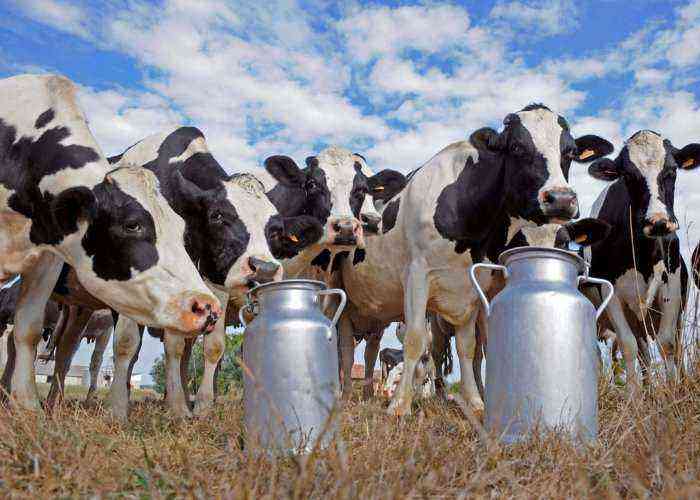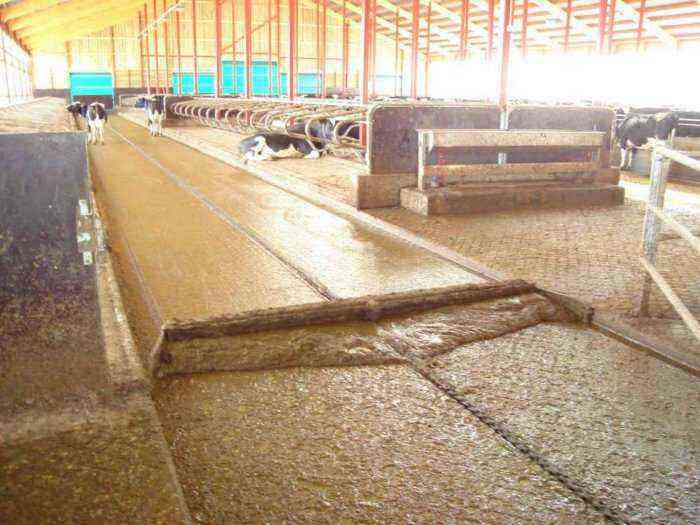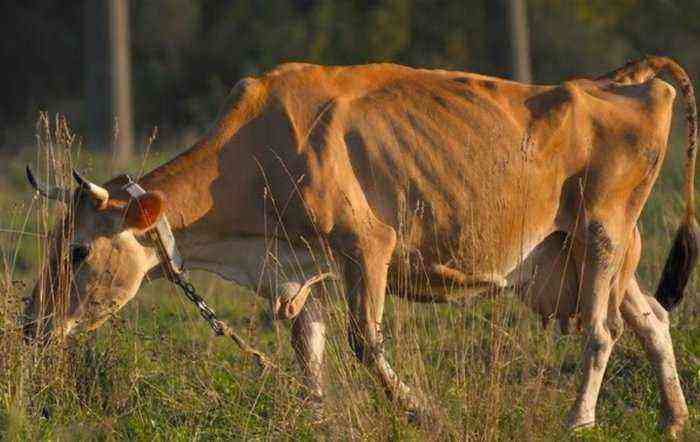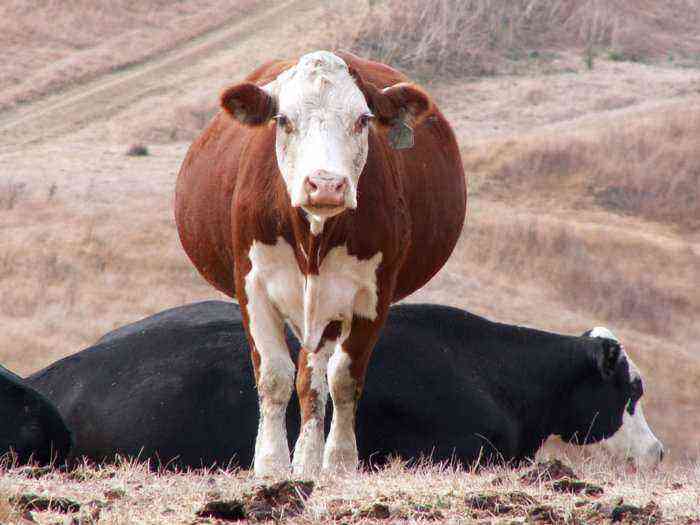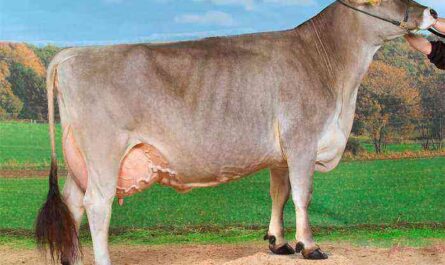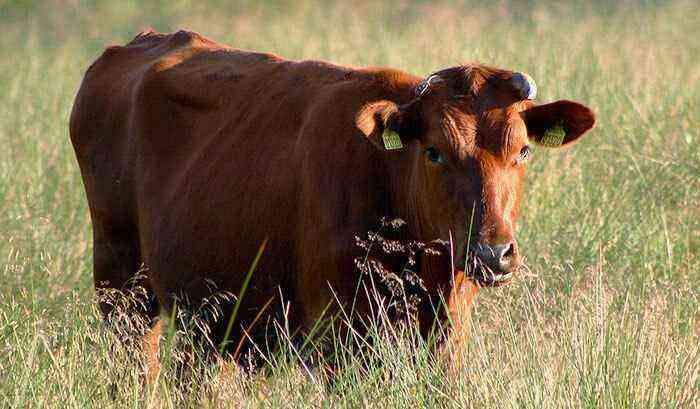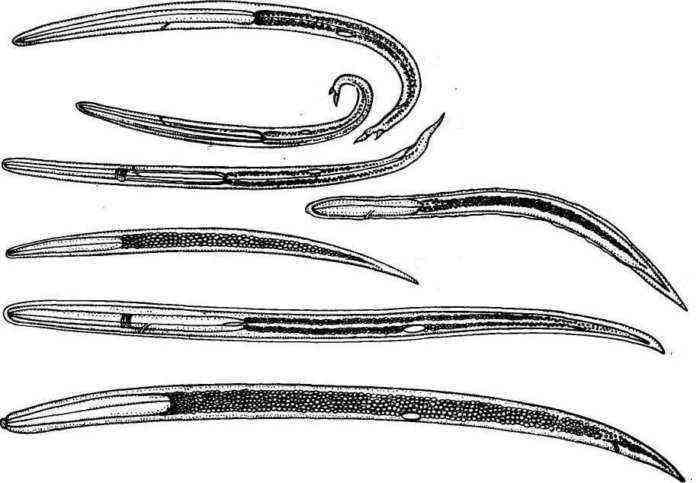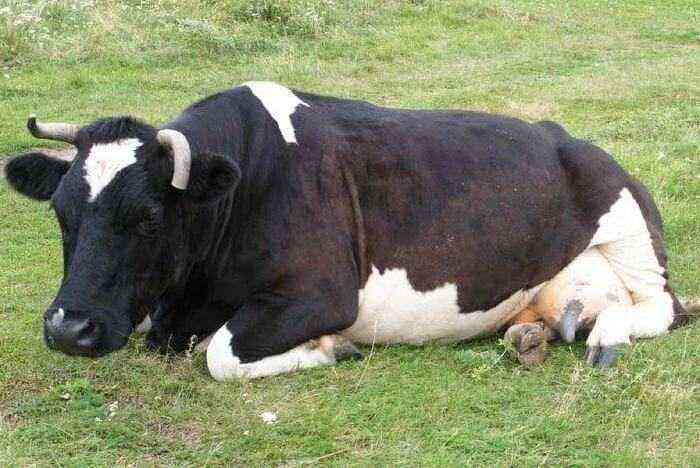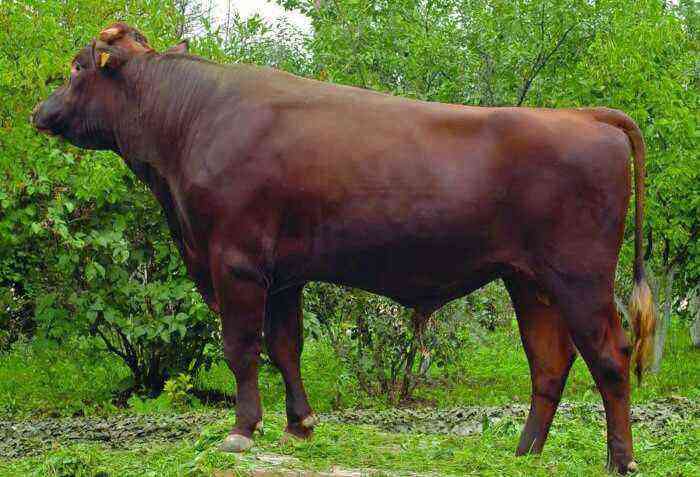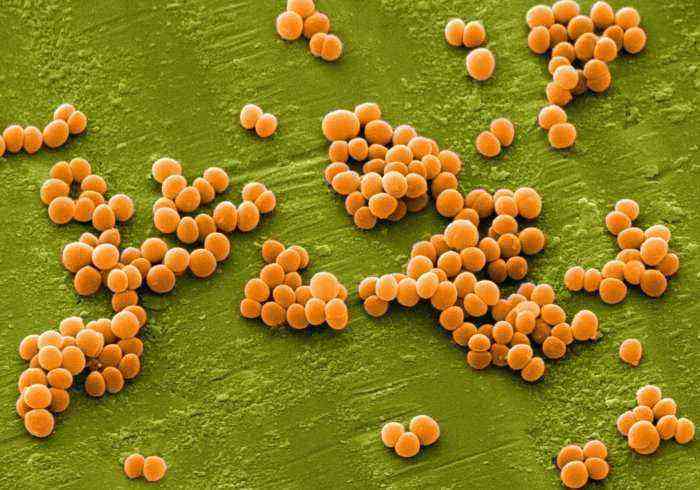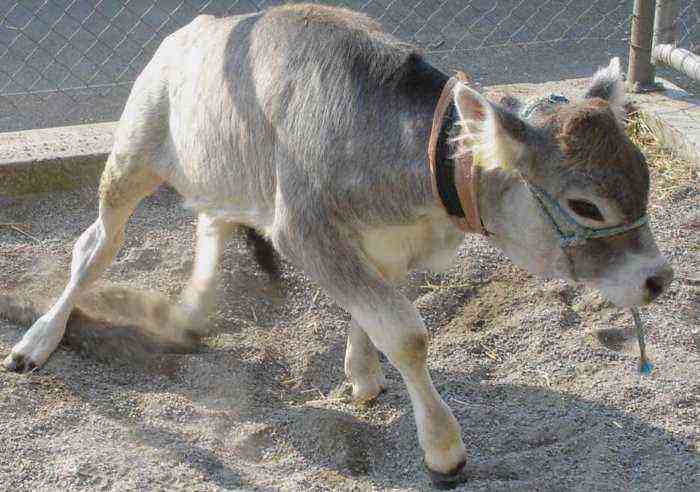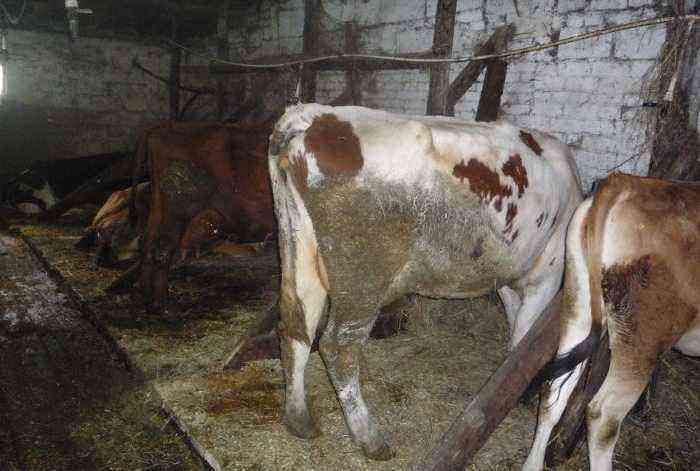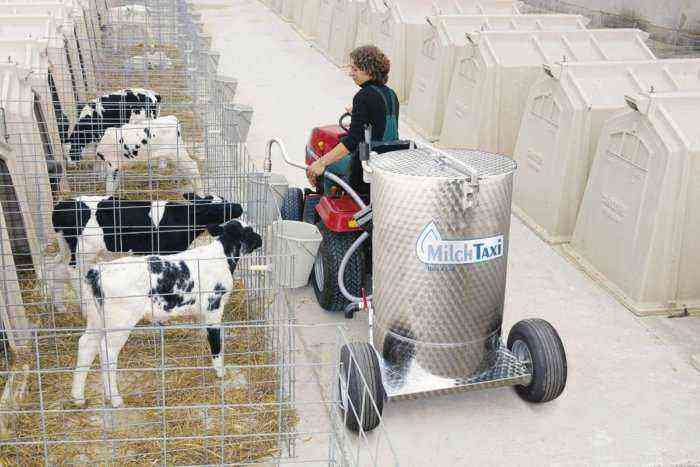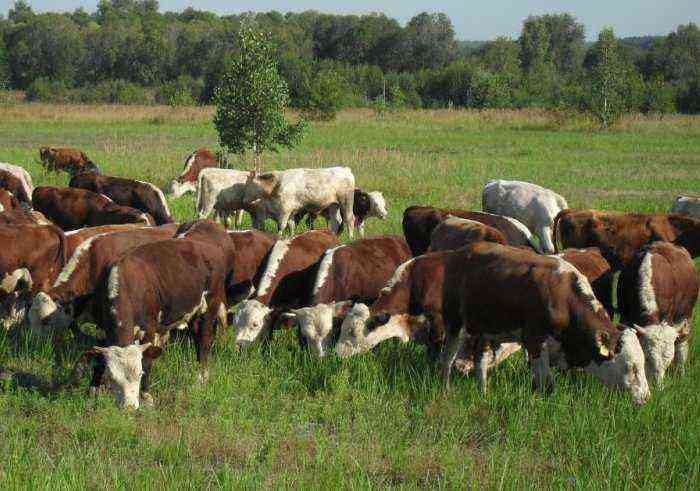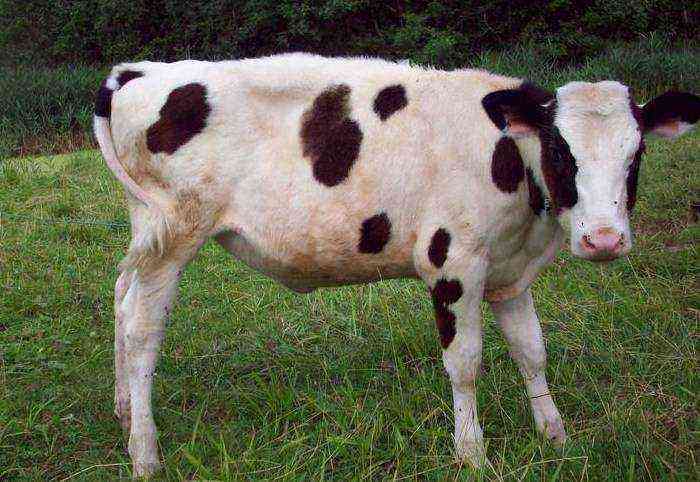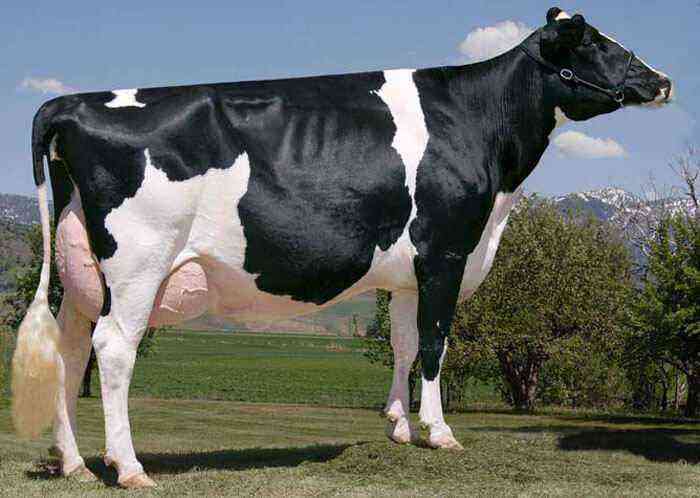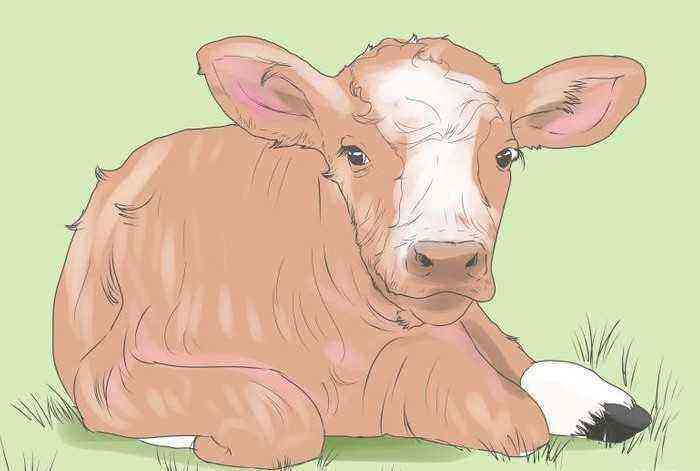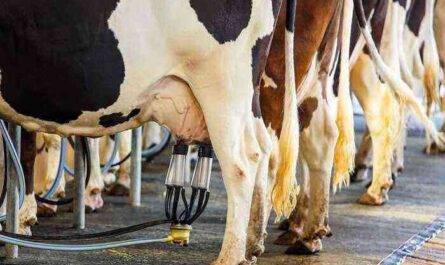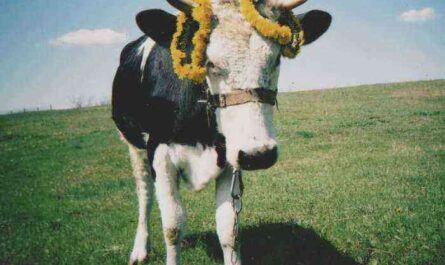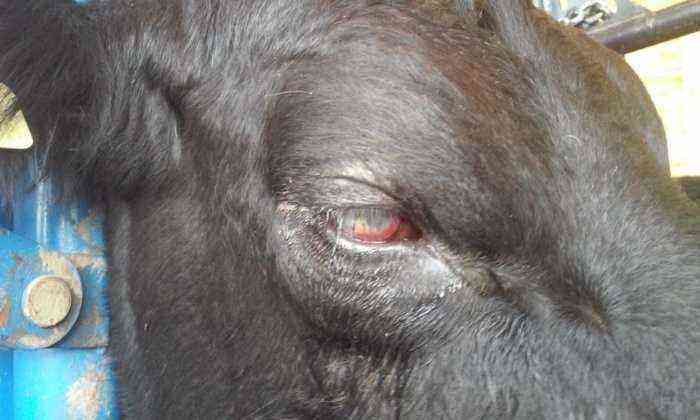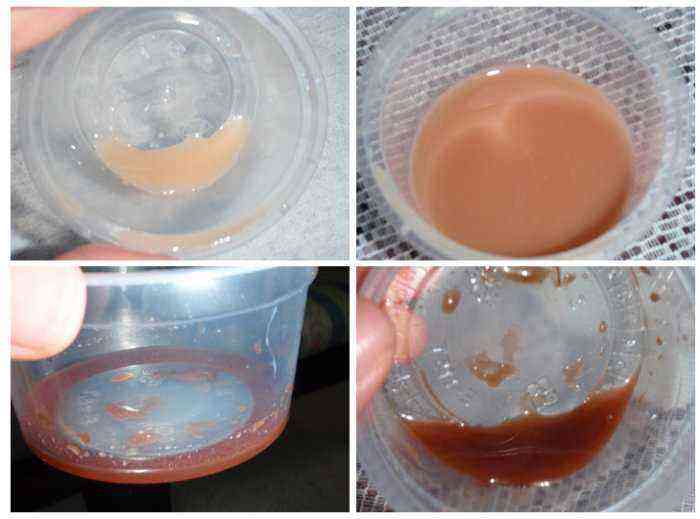A high-quality milk replacer for calves will be an excellent help in raising young animals. Such food significantly increases the growth rate of the animal, contributes to the health of the offspring. In addition, milk replacer is much cheaper than regular milk. Therefore, it can reduce the economic losses that dairy farms are exposed to during the calf rearing period.
Feeding a calf with milk replacer
What is whole milk replacer for?
The modern market involves a large number of milk substitutes with different compositions and purposes. All of them in terms of the amount of nutrients, macro- and microelements, vitamins are not inferior, and in some cases even significantly ahead of natural cow’s milk. Apply milk replacer in a variety of cases:
- As an addition to the main diet. Such food contains a large amount of iron, lactose, the optimal level of protein and other nutrients. All of them contribute to the development of the digestive tract and the overall growth of the baby.
- As an alternative to cow’s milk. If the mother of the calf has died or such feeding involves rearing technology, then milk replacer can be used as the basis of the offspring’s diet. These compositions are maximally balanced in terms of nutrients for the needs of a newborn calf and may well replace regular milk.
- As a temporary replacement for cow’s milk. Such food can be used in cases where the cow suddenly loses the ability to feed her young due to illness. While the treatment is being carried out, babies are fed with substitutes.
It is worth noting that the milk of modern cows is significantly different in composition from what it was before. This product contains an increased amount of protein and fat. In addition, the composition of the product is not constant and may vary depending on the season and conditions of detention. Therefore, a stable formula of milk replacer in many farms is considered a more desirable food for young cattle.
Feeding calves with a substitute is also effective from an economic point of view. Many farms receive their main income from the sale of milk and dairy products. But after the appearance of the offspring, most of these products are spent on feeding it, which implies certain losses. If, however, instead of milk, cheaper substitutes are used, then the cost of feeding can be significantly reduced.
Varieties
The high demand for whole milk substitutes has led to the emergence of a large number of varieties of such products on the market. Each composition has its own recipe and nuances of application. Moreover, the main criterion for the classification of milk replacer is their form. This parameter allows us to divide them into three main varieties:
- dry substitutes. This category is most in demand among farmers. The product is a dry powder mix that needs to be diluted with serum or water before use. As a rule, the mixing of dry matter with liquid is carried out in a ratio of 1 to 8. The main advantage of dry formulations is long-term storage.
- concentrated look. It is also necessary to dilute such a whole milk substitute with a certain amount of liquid. But in this case, a smaller amount is needed.
- liquid look. In such products, the dry mixture is already diluted with the necessary amount of whey, which completely eliminates the need to prepare the composition. In addition, this calf food option costs significantly less than a dry substitute. A few disadvantages of such mixtures are the minimum shelf life (up to a day) and the complexity of transportation.
The choice of a particular type of substitute is based on the conditions of the animals and the financial condition of the farm owner. In addition, it should be remembered that purchased substitutes differ among themselves in terms of composition. Accordingly, when choosing, you should carefully read the label. It is not recommended to purchase mixtures in which the amount of fiber exceeds 1% or contains extracts from flax seeds. The use of such products can cause digestive problems in young animals.
Extracts from flax seeds in the composition can cause digestive problems
Calf watering scheme and doses
To drink a calf without milk with a substitute, you must first properly dilute the composition. The whole procedure consists in the fact that powder is gradually poured into the prepared container with water in portions, while constantly stirring the resulting product. When preparing it, it is necessary to take into account the following points:
- For dilution, water is heated to a temperature of 45-50 degrees. If the temperature is lower, many components simply will not dissolve, which will lead to the appearance of lumps and sediment. If this figure is exceeded, proteins and many vitamins will break down, which will also reduce the overall benefit of the composition.
- The mixture must be stirred until all lumps are gone.
- It is necessary to breed milk replacer right before serving the calf. Already within 10 minutes after dilution, part of the useful substances precipitates, the composition completely deteriorates during the day.
- Feeding of calves is carried out with a liquid cooled to a temperature of 37-38 degrees.
Important! The concentration of dry powder in the volume of water should be on average 12,5-13%.
The question of when to introduce substitutes into the calf’s diet depends largely on the situation at hand. If the owner does not have access to colostrum (the cow fell ill or died), watering can be done from the first days of the baby’s life. If milk replacer is used as a top dressing, then it must be administered before the 1st month, but not earlier than 10 days after birth. For the entire previous period, it is better to feed with colostrum, which, in addition to the nutrients inherent in milk replacer, also contains a large amount of amino acids that form the calf’s immune system.
The immune system
The average food intake for a two-week-old baby is 7 liters of milk or 1 kg of a substitute. After the first month of life, portions are reduced to 5 liters and 750 g, respectively.
Attention! More accurate values of feeding rates are selected in accordance with the selected watering pattern.
There are two in total:
- Drinking at weaning at 12 weeks.
- Watering at early weaning (at 5 weeks).
The first scheme involves the following feeding norms for young animals:
- throughout the first week of life, the offspring are fed with 4-6 liters of milk and in small quantities are included in the diet of milk replacer;
- from the beginning of the second week, colostrum is clearly 6 liters, and a substitute is given 7 liters;
- from 5 weeks, the amount of milk is reduced, and the mixture is given in a volume of 8 liters;
- at the age of six months, the calf is fed 6 kg of milk replacer;
- in the future, by the year, the specified volume is reduced to 4 liters.
Drinking the baby at early weaning implies the following norms:
- throughout the first week per day, the calf eats 3-6 liters of milk and 6 liters of a substitute;
- the second week the amount of natural product is 6 l and the mixture is given in the same volume;
- 3-8 weeks milk is excluded from the diet, and the amount of milk replacer remains unchanged.
Composition of milk replacer
Each manufacturer of whole milk substitutes uses its own recipe, which is based on studies of the physiological needs of an animal of a certain age. At the same time, the composition is selected so as to satisfy such needs as much as possible. In the prevailing number of recipes, the basis of milk replacer is made up of:
- dry whey or dry reverse;
- high-quality shit from cereals and legumes;
- various fats;
- vitamin complexes;
- mineral supplements.
quality shit
Modern formulations also often include other ingredients. For example, the use of alfalfa paste can significantly reduce the cost of finished products, as well as enrich them with essential amino acids. Soy concentrates allow you to saturate the feed with a large amount of protein.
In some formulations, dry powders from processed blood of adult animals are used to increase the concentration of amino acids. As a help to the body, immunoglobulins can also be included in the composition, and for older individuals, special antibiotics are added to milk replacer.
Advantages and disadvantages
Like any other type of feed, these mixes come with their own set of advantages and disadvantages. Product benefits include:
- relatively low cost, which is 1,5-2 times less than the price of ordinary milk;
- effectively balanced mineral and vitamin composition;
- long shelf life (for dry species with tomato seeds, it can reach 12 months);
- increase in the intensity of growth in young animals;
- lack of complex technology for preparing feed for use.
Of the shortcomings of ZM, the following deserve attention:
- the need to prepare feed for use on a farm;
- the possibility of transmitting leukemia or other diseases to young animals that could be preserved in components of animal origin;
In addition, it should be noted that not all manufacturers produce a quality product. Therefore, it is extremely important to know which of them you can trust.
Top manufacturers
Of the variety of such products on the domestic market, the most positive reviews received milk replacer of the following brands:
- Nutrifeed Vegnel;
- OOO “Prodinvest”;
- LLC “ProLak-16”;
- Sloten BV;
- CJSC Mustangingredients;
- Joosten Products BV
Product from LLC “ProLak-16”
Also among the imported manufacturers, Vreugdenhil B. V and Schils BV should be noted. Their mixtures are considered one of the best in the world in terms of quality and balance.
Thus, whole milk substitutes can provide serious support to farmers in feeding young cattle. Such food allows you to increase the growth of calves, has a beneficial effect on the formation of the digestive tract of newborn animals, forms strong immunity and health in them. In livestock farming, this feed can be used as the basis of calf nutrition or as an addition to the basic diet.
